Beware the uneducated, Eufy Robovac L70 batteries are protected from tampering (for good reason), but it is possible to replace the Lithium Cells in them! Which is good, as you cannot buy replacement battery packs....
Refurbish an Eufy Robovac L70 battery
How to repair the battery of an Eufy Robovac L70 robot vacuum cleaner
 ClimbinElectronics
ClimbinElectronics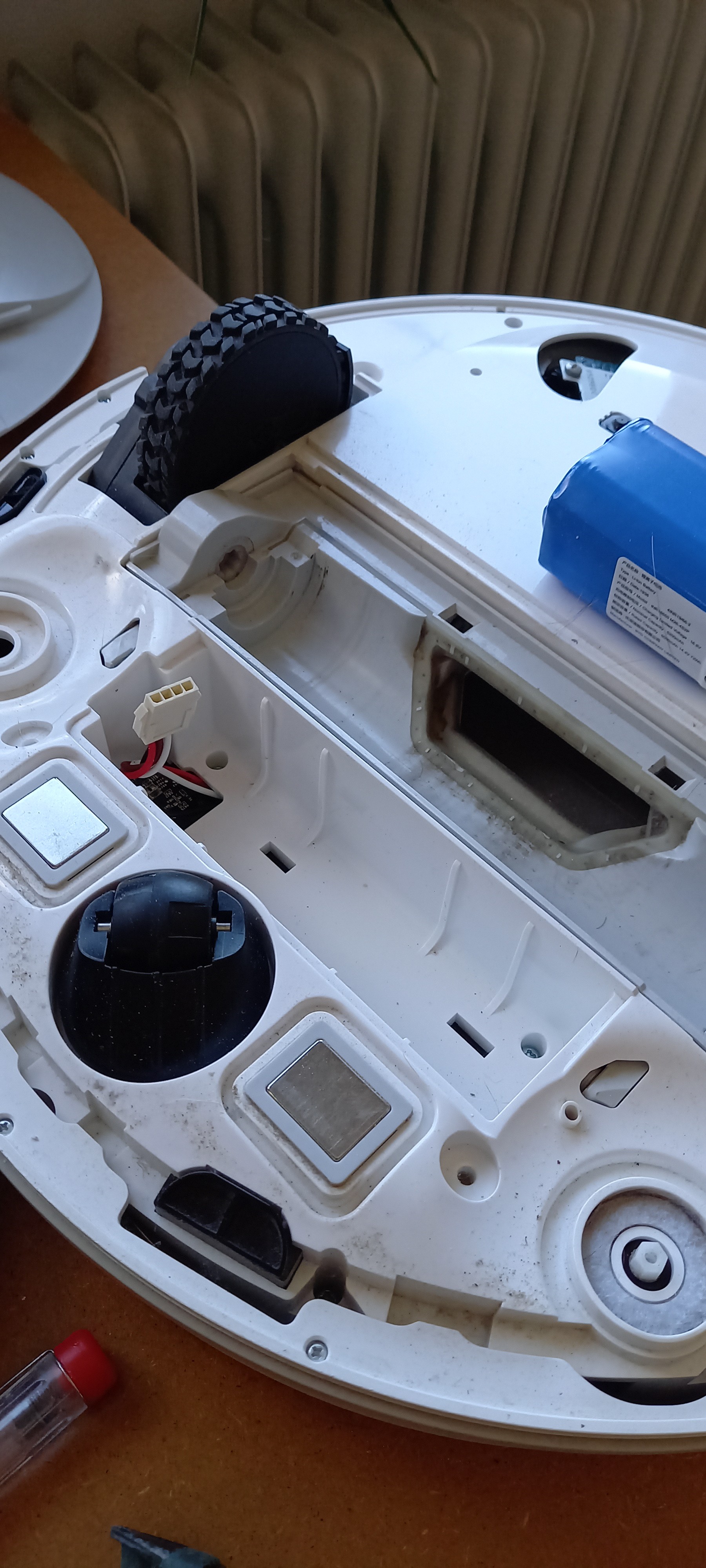
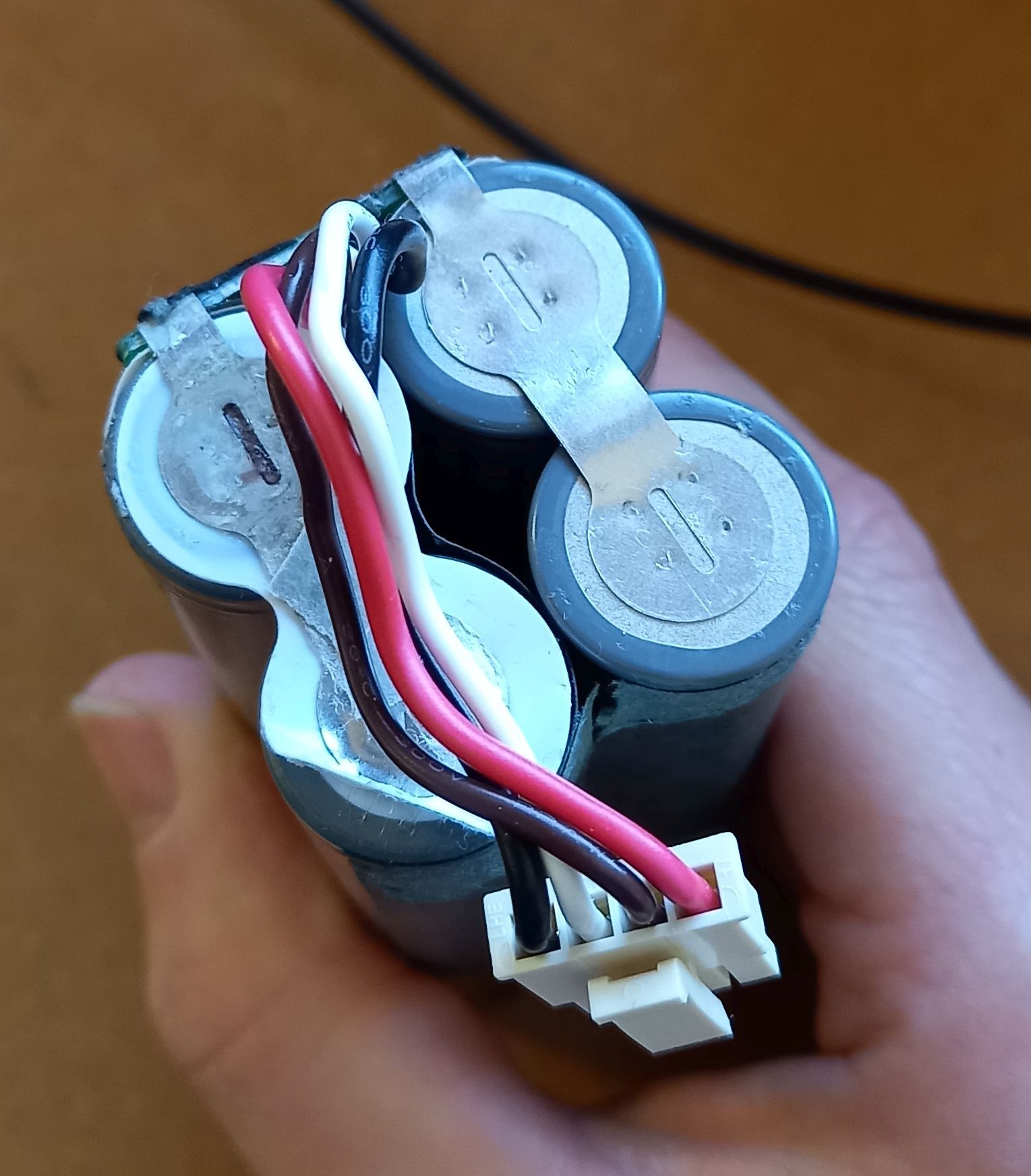
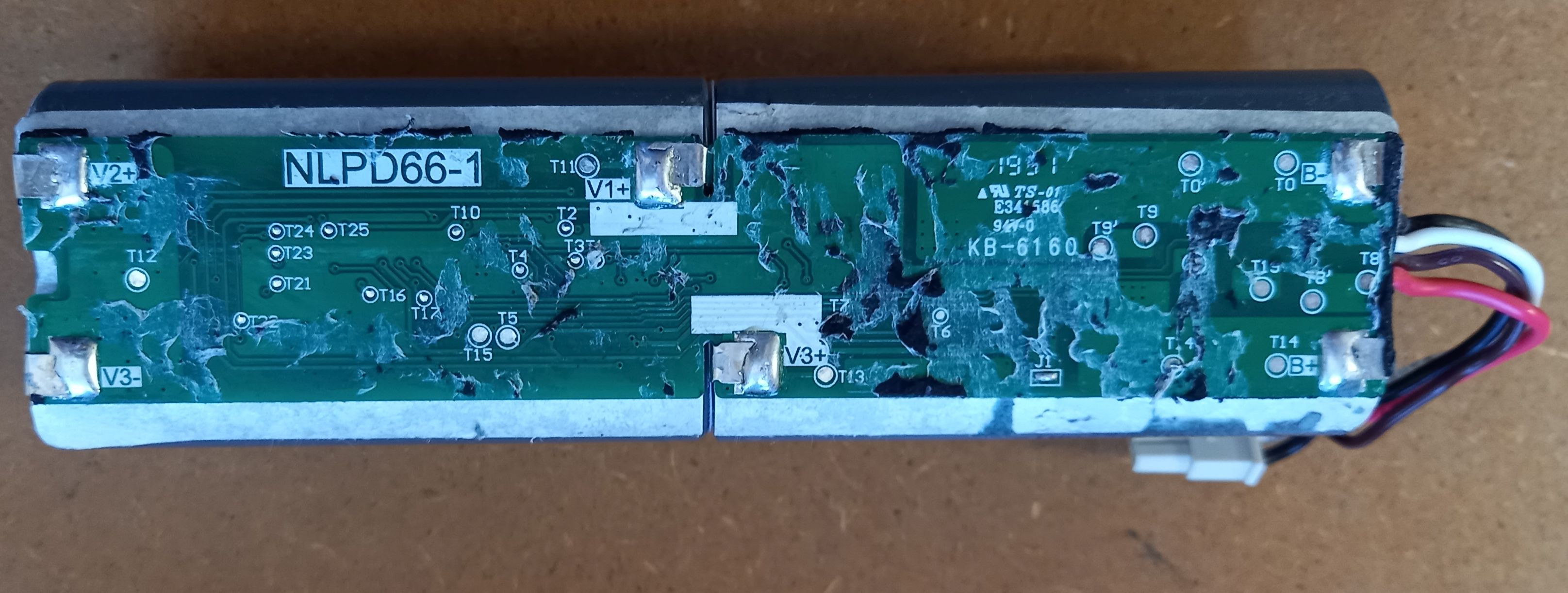
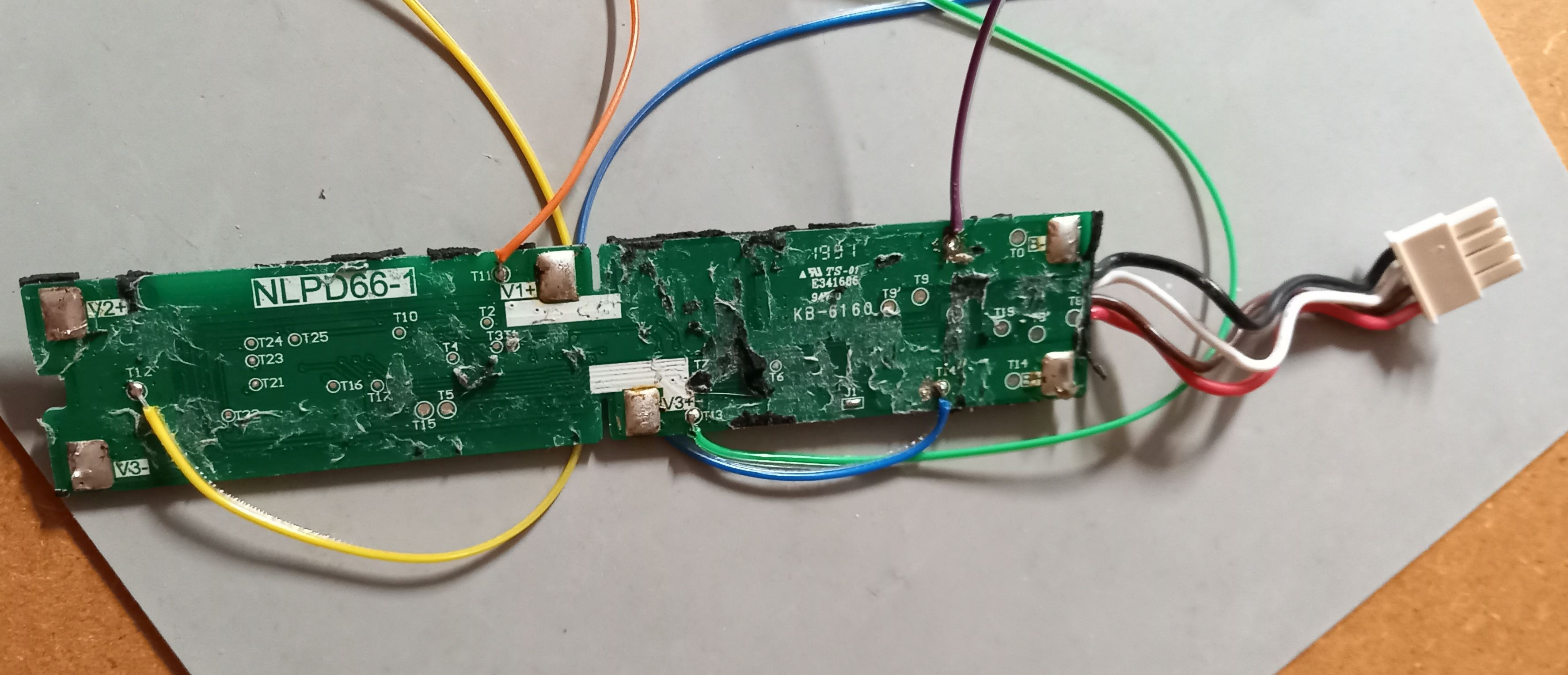


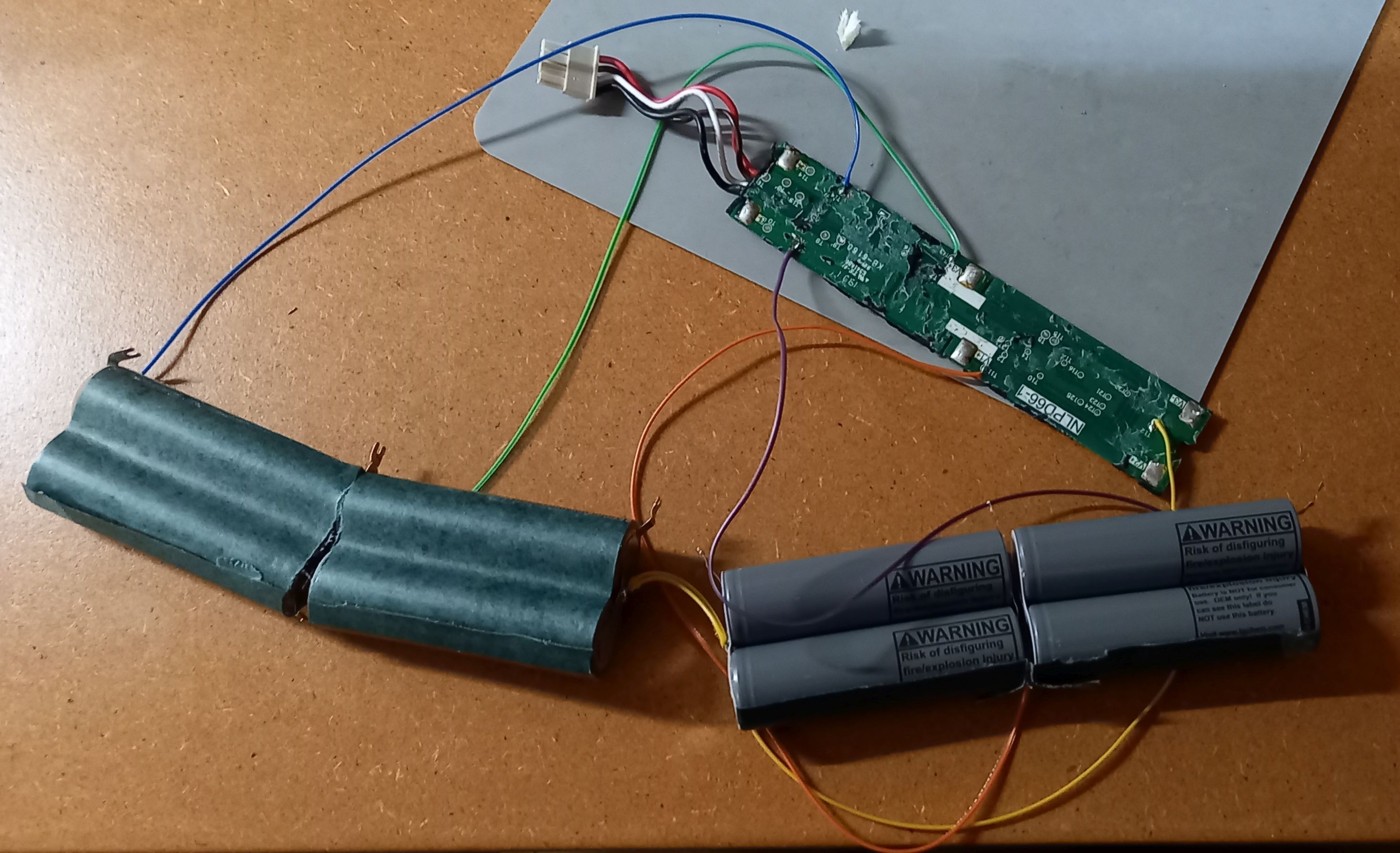
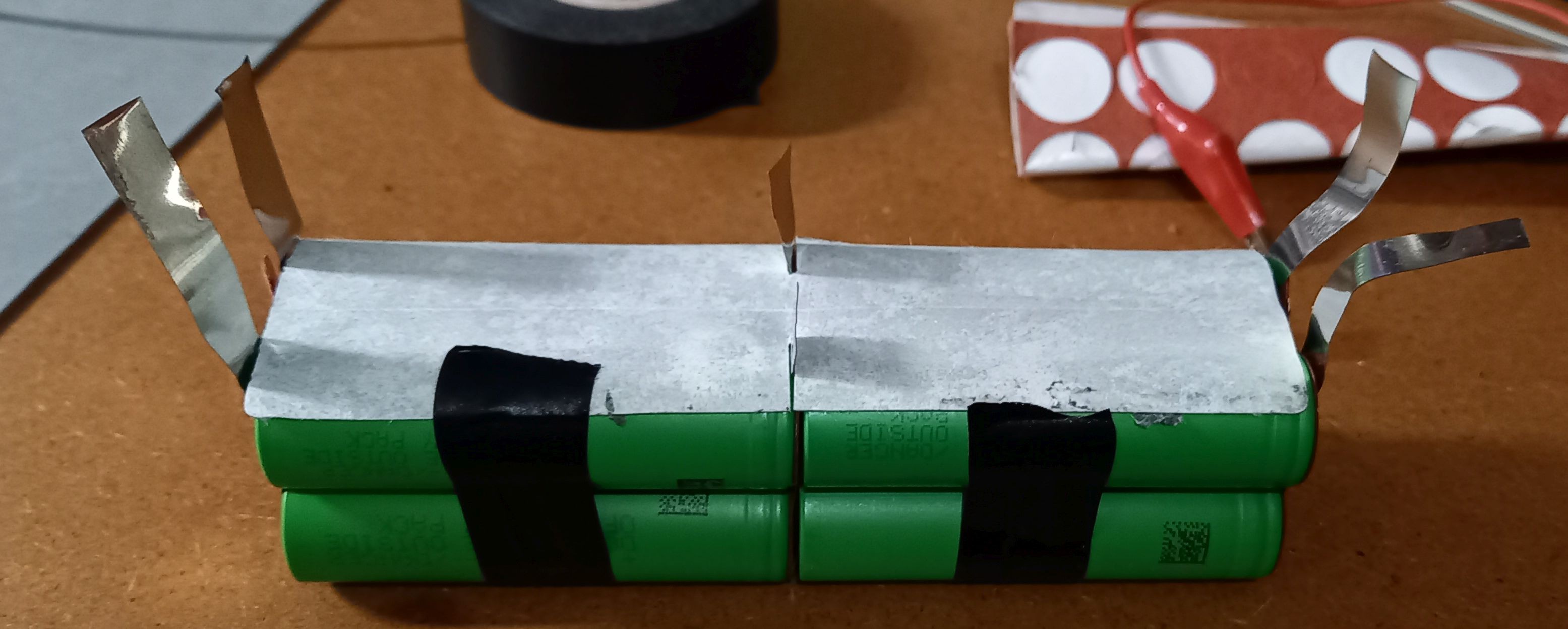

Bu bms nasıl reset atılır mutlaka bir yolu vardır nlpd66-1 çıkış vermiyor